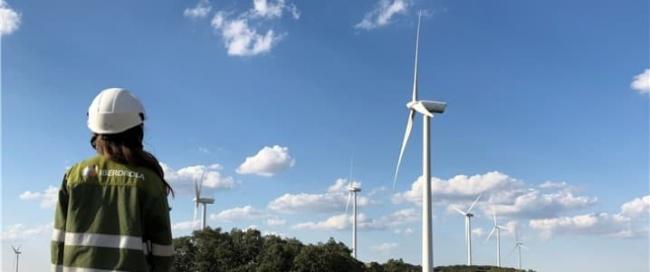Articles Menu

Aug. 20, 2024
European power markets are experiencing a notable shift as renewable energy sources, particularly wind and solar, become a larger part of the energy mix. On Wednesday, power prices in several European markets, including Germany, dipped below zero due to a surge in green electricity production.
In Germany, wind generation is expected to hit 22.7 gigawatts, the highest level in four months. This spike in renewable output has overwhelmed the grid, leading to negative prices during six separate hours on Tuesday, as recorded by Epex Spot SE. Negative pricing occurs when there is more electricity supply than demand, a scenario becoming more frequent as Europe continues its aggressive push toward renewable energy.
The rapid expansion of wind and solar capacity is reshaping the continent's energy landscape. On days when both sources are generating at high levels, the market can become saturated with inexpensive power, driving prices down to the point where they even turn negative. While this benefits consumers in the short term, it also highlights the challenges of managing an energy grid increasingly reliant on intermittent renewable sources.
As Europe continues its transition to green energy, the frequency of negative pricing events is likely to increase, showcasing the need for energy storage investments as a way to manage a grid dominated by renewables while ensuring energy security.